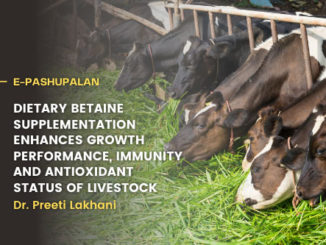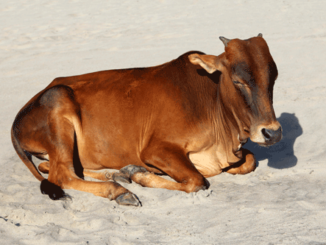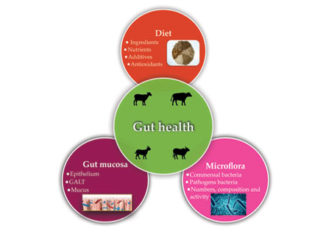Introduction
- Also known as– Possibly Essential Minerals/ Possible Essential Elements.
- Elements which are regarded as essential albeit in “ultra-trace” concentration (i.e. < 1 mg/kg) but can potentially be toxic; if consumed in large enough quantities or for long enough time period since their biological activities are largely confined to toxic reactions are referred to as Probable Essential Minerals.
- Possibly essential minerals are:
- Aluminium (Al)
- Cadmium (Cd)
- Lead (Pb)
- Arsenic (As)
- Although under practical feeding conditions, naturally occurring deficiencies of Al, Pb, Cd, As are unlikely; since farm environment is so abundant with these elements.
Customary Evidences for Essentiality of Probable Essential Minerals
- Aluminium (Al)
- No direct evidences, but many indirect evidences suggests its essentiality.
- Al accumulates in regenerating bones
- Stimulates certain enzymes involved in succinate metabolism
- Essential for fertility in female rats
- Increased growth rate for poults & chick
- Low Al diet (0.162 ppm) can reduce life span, birth of kids suffering from poor growth, incoordinated gait & hind leg weakness.
- Cadmium (Cd)
- Very limited data evidents its essentiality
- Experimentally induced Cd deficiency would result into – poor growth rate, low weight gain in rats & reversible muscular debility with poor reproduction performance and kids survival in goats
- Lead (Pb)
- Low dietary Pb intake results in decreased growth rate & oligocythemia in rats.
- In an another study, dramtically impaired reproduction efficiency with death of >35% newborns within a weak due to depletion in blood Pb level.
- Decreased growth rate with disturbance in fat metabolism in pigs fed on lead deficient diet.
- Arsenic (As)
- An essential element for the rats, chicks, pigs & goats with minimum requirement of <50ppb in diet.
- Arsenic is needed to form various metabolites like taurine, polyamines, cystine etc. from methionine amino acid.
- High mortality rate with lesser number of viable kids in goats experimently feeded with low As diet.
- Arsenic deficiency could results into skin & skeletal lesions, increased abortion rate, reduced lifespan and birth weight of kids, reduced reproduction & milk production performance in goats raised on As deficient diet.
Conclusion
Since the clinical consequences of deprivation of probable essential minerals are rarely specific and also the presence of abundant amount in farm environment is unlikely to produce deficiencies of these probable essential minerals. But still one has to be sure about the fact that the; natural diet and water of animals should provide these elements in sufficient amount.
Table : MPL & MTL of Probable Essential Elements for Ruminants (NRC, 2005)
| Probable essential elements | Maximum Permissible Level (MPL) in mg/kg DM | Maximum tolerance level (MTL) in mg/kg DM |
| 1. Arsenic | 2 | 30 |
| 2. Cadmium | 1 | 10 |
| 3. Aluminium | 150 | 1000 |
| 4. Lead | 5 | 100 |
| The content of the articles are accurate and true to the best of the author’s knowledge. It is not meant to substitute for diagnosis, prognosis, treatment, prescription, or formal and individualized advice from a veterinary medical professional. Animals exhibiting signs and symptoms of distress should be seen by a veterinarian immediately. |







Be the first to comment